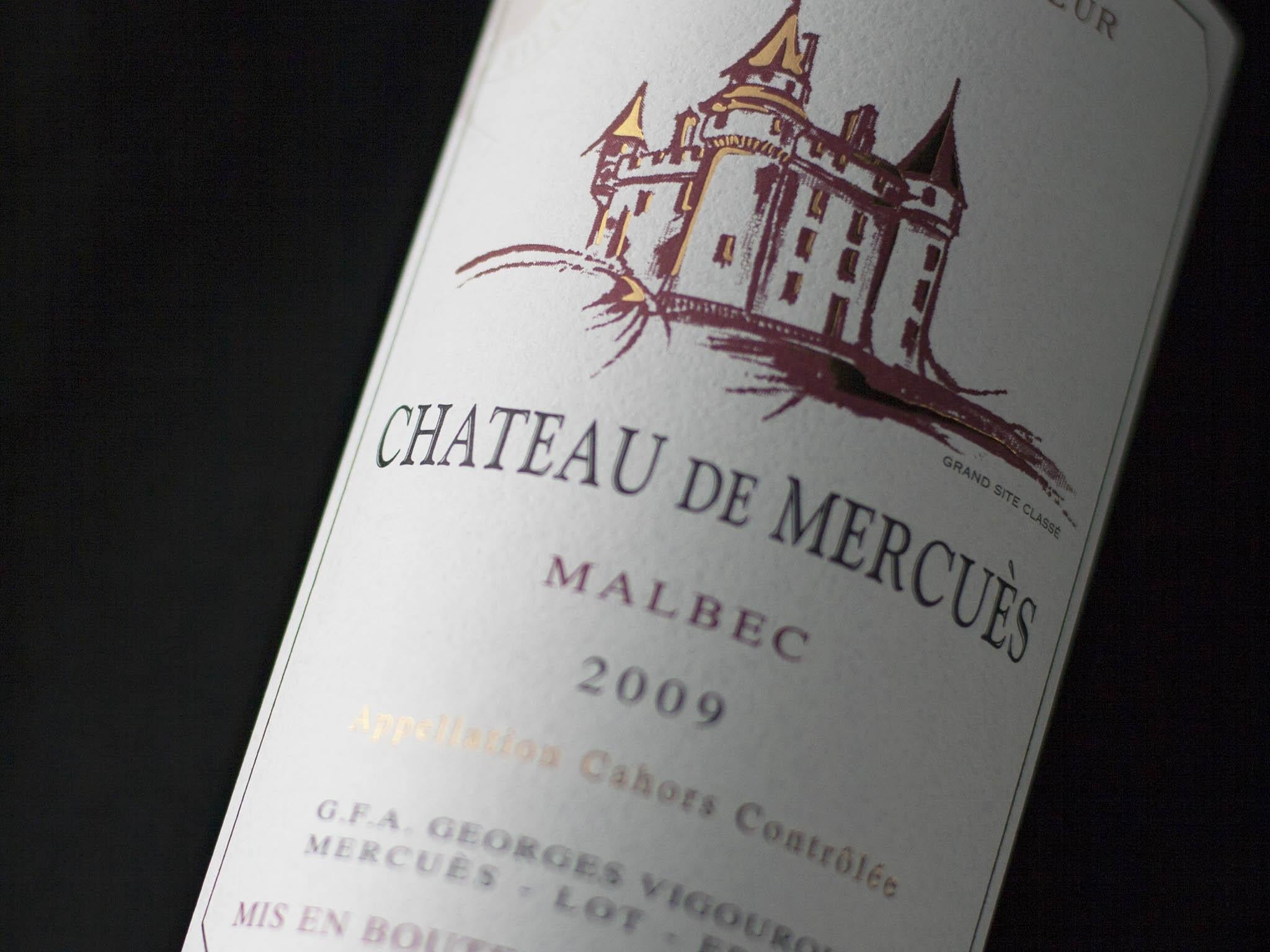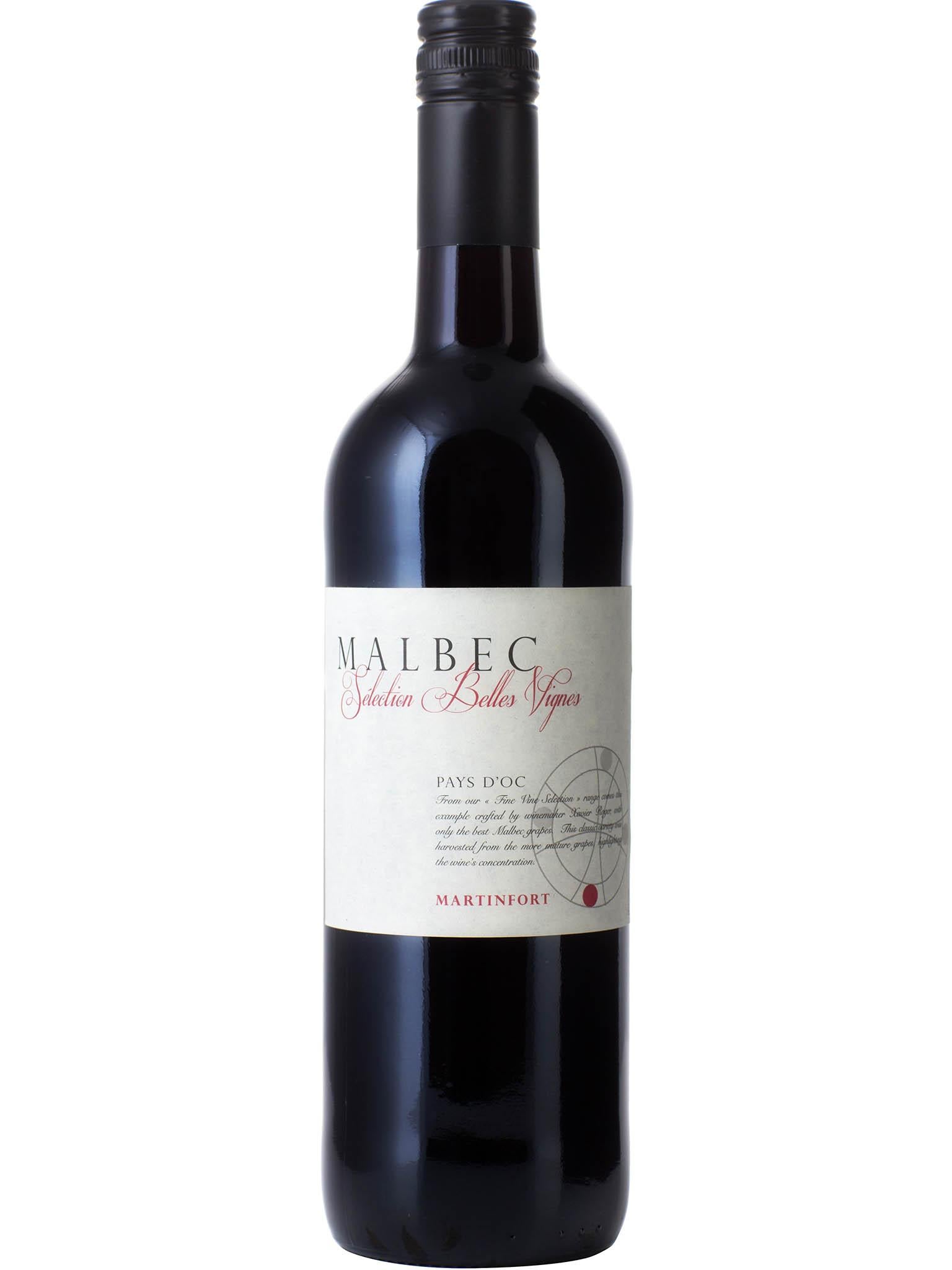How to drink Malbecs from Argentinians with attitude to rustic southern French wines
Whether the grapes are from the Andes or south-west France, the dark wines are perfect paired with meaty and textured dishes

Your support helps us to tell the story
From reproductive rights to climate change to Big Tech, The Independent is on the ground when the story is developing. Whether it's investigating the financials of Elon Musk's pro-Trump PAC or producing our latest documentary, 'The A Word', which shines a light on the American women fighting for reproductive rights, we know how important it is to parse out the facts from the messaging.
At such a critical moment in US history, we need reporters on the ground. Your donation allows us to keep sending journalists to speak to both sides of the story.
The Independent is trusted by Americans across the entire political spectrum. And unlike many other quality news outlets, we choose not to lock Americans out of our reporting and analysis with paywalls. We believe quality journalism should be available to everyone, paid for by those who can afford it.
Your support makes all the difference.Malbec is a wine we immediately jump to link with Argentina: dark purple bursting with succulent red-berry and black fruits, smooth, approachable tannins, balanced acidity and heady alcohol perfectly partnered with a rugged cowboy and sizzling steak.
The grape was first introduced to Argentina in 1863 by Michel Aimee Puget, an agronomist from France, who realised the potential these vines would have in the Andes mountains and improve the overall quality of Argentinian wines.
Argentinian Malbec is all about altitude. The Andes, with its high diurnal range, gives hot days and cool nights where grapes can have a lengthy ripening period while still maintaining acidity and distinctive flavours.
Fruit ripened at lower altitudes generally give fuller-bodied wines while those from higher altitude vineyards have a better balance of acidity, with cleaner, fresh fruit and an overall elegance and richness.
Mendoza may hog the limelight for this big red but it’s birthplace is to be found in Cahors in south-west France, east of Bourdeaux. Here, the grape goes by the name of Auxerrois or Côt (in the Loire) and the flavours are very different - more rustic with some farmyard savouriness, leather and spice; with age these wines soften to reveal cedar and earthiness.
Historically they were described as 'black wines’, so charcoal in colour and high in tannin, your enamel would surely be eroded. Drunk as a varietal and also as a blend in Bordeaux wines, the grape was almost wiped out entirely due to the phylloxera plague in the 19th century but thankfully due to improvements in viticulture and processes in the winery, new horizons beckoned and a broader style was born.
Bertrand Gabriel Vigouroux, one of the top Malbec producers in Cahors knows both climates well. “If 12,000km and the Atlantic ocean separate Mendoza and Cahors, they are more like cousins than siblings, and should not be identical in their style.
The structure of Argentinian Malbec has a lot of very ripe fruit but lower acidity overall; with Cahors the structure is built around the freshness of dark blackberry fruit, and higher acidity”.
Malbec or Auxerrois, this style of wine is a perfect partner for a variety of meaty and textured dishes. The lighter-bodied, young and fruitier styles with charcuterie; the higher-alcohol wines (from 14% ABV) with steak, roast beef and venison, and more substantial vegetarian dishes such as burnt aubergine, roasted root vegetables - in fact anything thrown on the Josper grill - meat or veg - will taste great with a glass or two.
And with Cahors, look to the foods enjoyed locally like slow-cooked Quercy lamb, cassoulet, confit de canard and creamy Rocamadour goats cheese.
So this week, gather some friends and raise a toast to Malbec the grape and the home it happily makes in many places with this fine selection:

Gouguenheim Malbec Bubbles, Extra Brut Rosé
£9.95, Tanners
From the Uco Valley in the foothills of the Andes, this is a bit of a surprise. A bone dry sparkling wine made from 100 per cent Malbec, full of strawberry and red cherry on the palate. Malbec thrives in high altitude vineyards and this sparkler reaps all the rewards, maintaining the structure of the fruit and refreshing acidity.

Alpamanta Natal Malbec, Mendoza, 2012
£14.95, Berry Bros. & Rudd
Located south of Luyan de Cuyo, with vineyards at 950m above sea level, the coolness of Alpamanta, keeps the damson fruit and violet aromas crisp and clear rather than jammy or muddled, and the acidity well balanced. Biodynamic, medium-bodied and unoaked, this is one to drink now to maximise the fresh fruit pickings.

Mas del Perie La Roque, 2014
£21.90, The Sampler
Winemaker Fabien Jouves calls himself an artisan vigneron. His Mas del Perie La Roque Rouge is served at The Remedy wine bar in Fitzrovia and co-owner David Clawson is clearly in agreement: “his wines embody everything we think malbec, and especially Cahors malbec should be - fresh, supple, pure inky dark fruit and not heavy or over-oaked like some you tend to see from new world producers”. This natural wine, no added sulphur, really tastes of its surroundings - from the Kimmeridgean soils of the vineyard to the intense fruit aromas and firm tannins.

Los Haroldos, Roble, 2013
£15.95, Harrods
From the cooler Uco Valley in Medonza, Los Haroldos from the Falasco family, bursts with bright and juicy red fruit: raspberry, dark cherry and plum. This smooth-tasting number is perfect to open up midweek for an impromptu dinner among friends. It’s aged for six months in French and American casks, the use of both bringing different flavours - the French, more toast and vanilla and the American, more sweet spice and vanilla, toasted coconut and chocolate. Well balanced and very satisfying on the palate; serve with simple tapas dishes and charcuterie.
Magnum Château de Mercuès Grand Vin 2009
£42, Dulwich Vintners
With a blend of 85 per cent Malbec, this elegant wine is complex, rich and full-bodied. Inky black in the wineglass, the dark red fruits fuse with spice and leather. According to Vigouroux, 2009 is the best vintage Mercués has ever produced “this big bottle is rare, precious, and the epitome of what a Malbec should be”. With seven years aged in bottle, the tannins are smooth and the addition of Tannat maintains the overall structure but this is a wine that could also age for 20 years or more. If you’ve got the patience, you’ll be well rewarded, if not, make sure you let the wine breathe for a few hours before and - either way - enjoy it with a beautifully elegant meal.

Michelini Brothers Superuco Malbec, Calcáreo Rio de Los Chacayes, 2013
£27, The Good Wine Shop
The dry weather in Argentina provides ideal conditions for biodynamic and organic farming. The Michelini brothers use whole bunches, fermented in concrete amphora with native, wild yeasts. This is a terroir-driven wine, clearly expressing the soils of Chacayes, the sub-region of Tunuyán with stone and chalk minerality and flavours of blueberries, thyme, rosemary, and chocolate. The finish is long and satisfying, with a delicious sweetness.

Martinfort Malbec, Sélection Belles Vignes, IGP d’Oc, 2015
£7.60, Tanners
At 12 per cent this is a lighter-style Malbec from the Languedoc-Roussillon area. Soft and smooth with a full mouth of fresh black cherry and black plum, great value for money and effortless to drink.

Fromm Malbec, Marlborough, 2013
£33.50, NZ Cellar
New Zealand also has a soft spot for the beloved thin-skinned grape, late-ripening grape, offering up slightly less rustic styles from the milder climates, keeping the structure of the wine in check. Blackberry and bramble, rose petal and violets with a long savoury and slightly bitter finish. More spicy than overly fruity and with a fair amount of grip too, this full-bodied, meaty wine makes the perfect partner to a beef or lamb joint.
Join our commenting forum
Join thought-provoking conversations, follow other Independent readers and see their replies
Comments